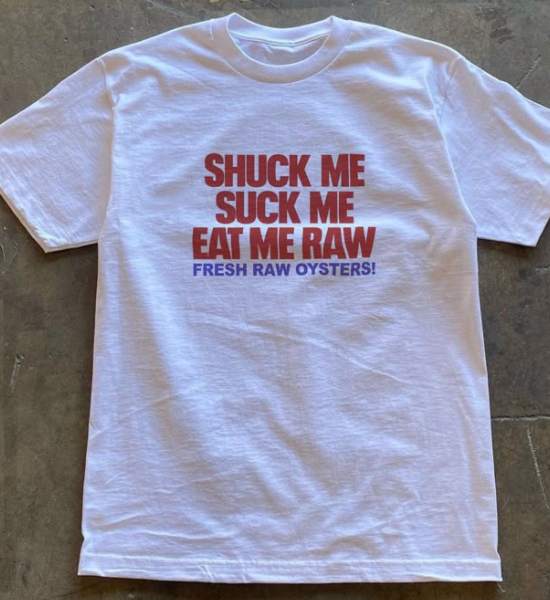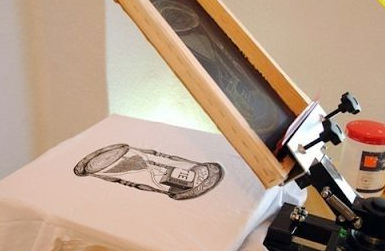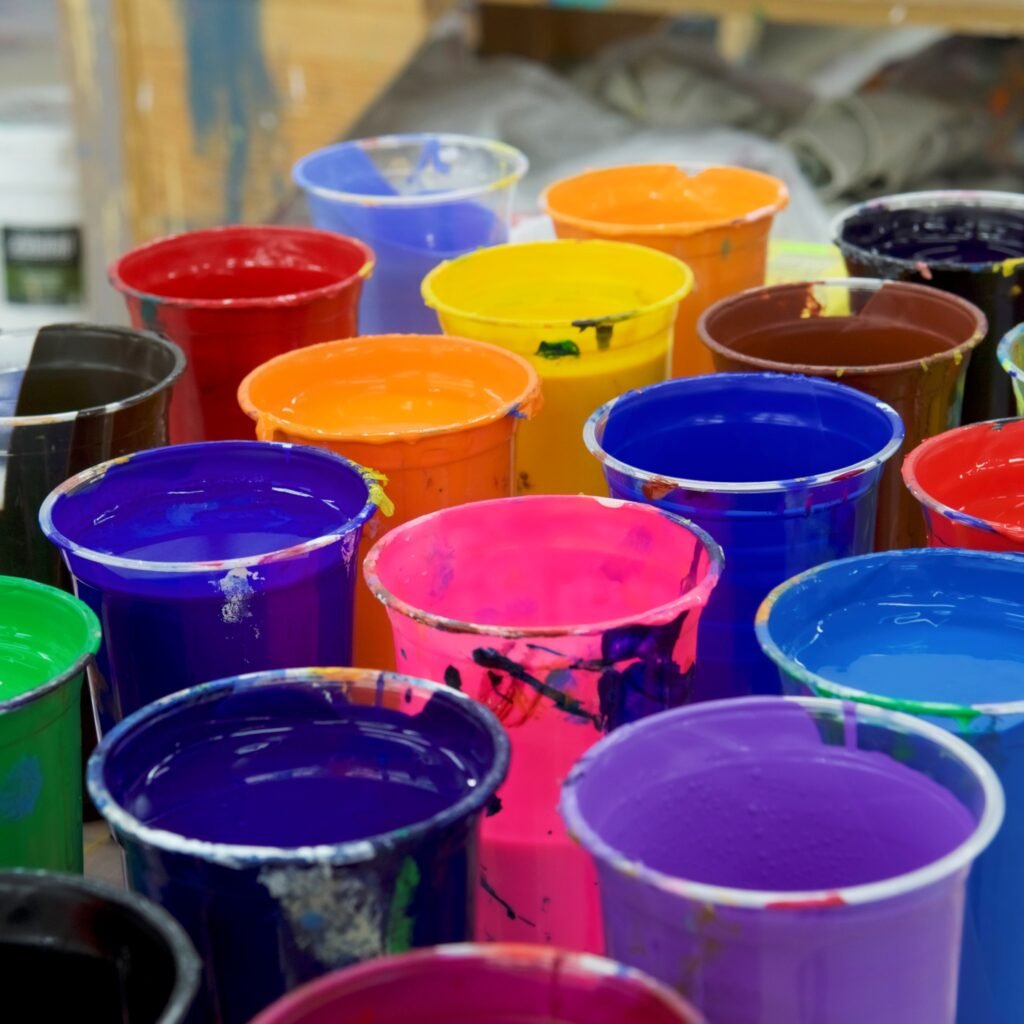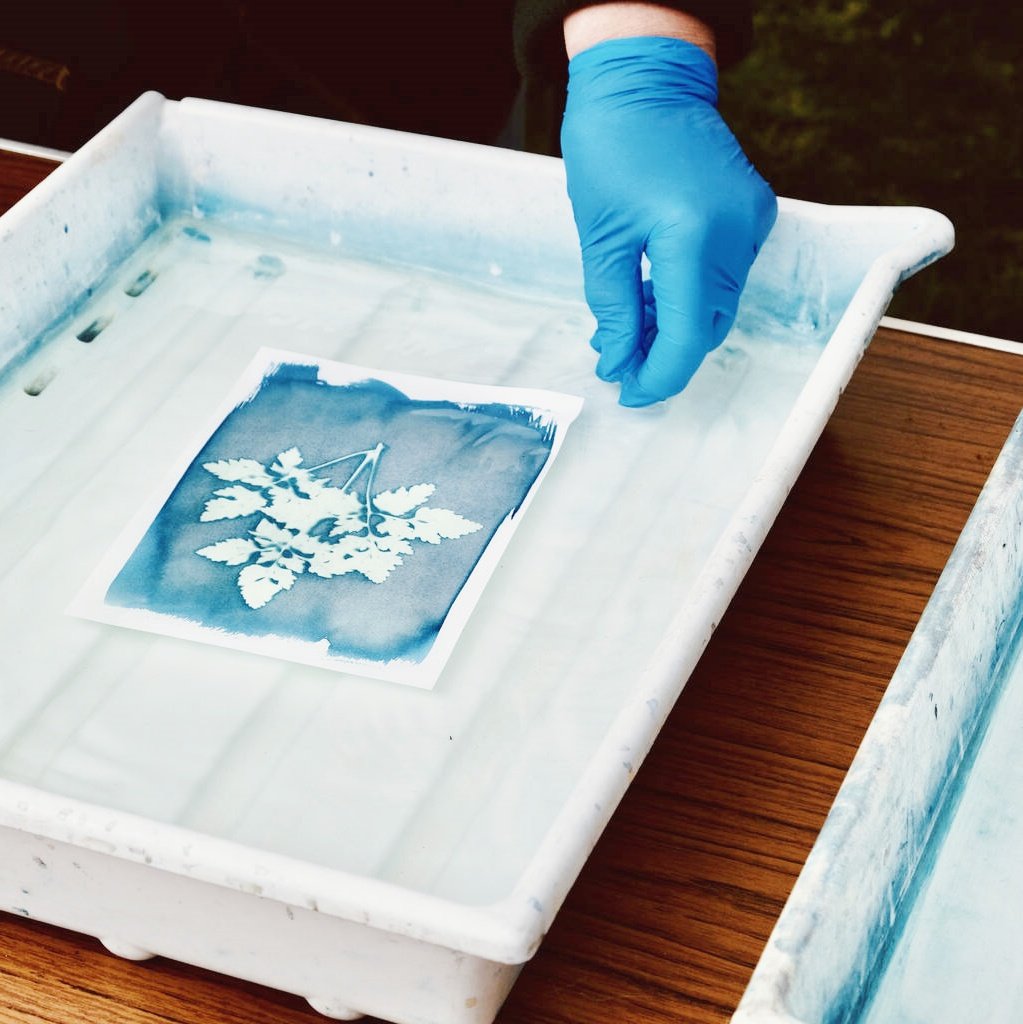Innehållsförteckning
Plastisolbläck med hög densitet: The Game Changer i screentryck
Plastisolbläck med hög densitet håller på att förändra screentryckets värld. Detta tjocka, starka bläck kan du göra 3D-designer, ljusa färger, och utskrifter som håller i flera år. Låt oss lära oss hur det fungerar och varför du bör prova det!
Vad är högdensitetsplastisolbläck?
Plastisolbläck med hög densitet är ett speciellt bläck som används i screentryck. Den är gjord av:
- PVC-harts (en typ av plast).
- Mjukgörare (oljor som gör bläcket mjukt).
- Tillsatser (för att göra den tjock och stark).
När det värms upp hårdnar detta bläck till en upphöjd design du kan känna med fingrarna. Märken som Wilflex Quantum HD och FN Ink Xenon-serien göra populära versioner av detta bläck.

De 5 bästa anledningarna till att använda högdensitetsplastisolbläck
- 3D-struktur: Gör mönster dyker ut som ett klistermärke.
- Ljusa färger: Håller sig levande på svarta skjortor och mörka tyger.
- Varaktighet: Kommer inte att spricka, blekna eller skala efter tvätt.
- Fungerar på många material: Använd den på bomull, polyester, väskor, muggar och mer.
- Kostnadseffektiv: Sparar pengar eftersom utskrifterna håller längre.
Hur man använder högdensitetsplastisolbläck
Verktyg du behöver:
- A skärm med 110-160 mesh antal.
- A skrapa (för att trycka bläck genom skärmen).
- A blixttork (för att värma och härda bläcket).
Steg-för-steg-guide:
- Förbered skärmen:
- Använd tjock emulsion.
- Håll skärmen något ovanför tyget.
- Skriv ut designen:
- Lägg bläcket i lager 2-3 gånger.
- Använd blixttorken mellan lagren.
- Härda bläcket:
- Värme kl 320°F för 45-60 sekunder.
Proffs tips: Maskiner som M&R utskriftsutrustning ge det bästa resultatet.
Plastisol med hög densitet jämfört med andra bläck
| Bläcktyp | Bäst för | Sämst för |
|---|---|---|
| Plastisol med hög densitet | 3D-texturer, djärva logotyper | Miljövänliga projekt |
| Vattenbaserat bläck | Mjuk, lätt design | Mörka tyger |
| Utsläpp bläck | Vintage, blekt utseende | Polyester material |
Exempel: Välj högdensitetsplastisol för hattar eller skjortor med upphöjda logotyper.
Åtgärda vanliga problem
| Problem | Lösning |
|---|---|
| Krackning | Härda längre vid 320°F |
| Färgblödning | Tillägga medel med låg blödning |
| Bläck fastnar inte | Rengör tyget först |
Verktyg att prova: Rutland EVO tillsatser hjälper till att förhindra blödning.
Miljövänliga bläck med hög densitet
Nyare bläck är säkrare för människor och planeten:
- Ftalatfri alternativ (som MagnaColours).
- Följa Oeko-Tex Standard 100 (säkert för hudkontakt).
Dricks: Återvinn skärmar och bläckbehållare för att minska avfallet.
Exempel från verkliga världen
- Nike: Använder 3D-bläck på sporttröjor för textur.
- Adidas: Gör skjortor i begränsad upplaga med upphöjda logotyper.
- Konstnärer: Skapa gallerikonst med taktila mönster.
Händelse: Se nya bläck på TRYCK United Expo.

Framtida trender
- Hybrid bläck: Blanda plastisol med vattenbaserade bläck för mjukhet + hållbarhet.
- Digitala verktyg: Programvara som AccuRIP hjälper till att designa exakta mönster.
Ska du prova högdensitetsplastisolbläck?
Ja om du vill:
- Designar det framträda.
- Utskrifter som överlever 100+ tvättar.
Börja smått: Testa det på ett provtyg först!
Vanliga frågor
Kan jag använda detta bläck på polyester?
Ja! Lägg till en lågblödande medel för att förhindra att färger sprids.
Kan jag skriva ut fina detaljer?
Använd a 160+ mesh skärm för tunna linjer och liten text.
Hur minskar man avfallet?
Mät bläck noggrant och återanvänd skärmar.



